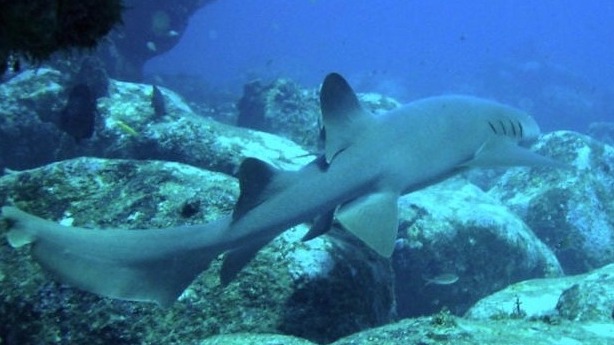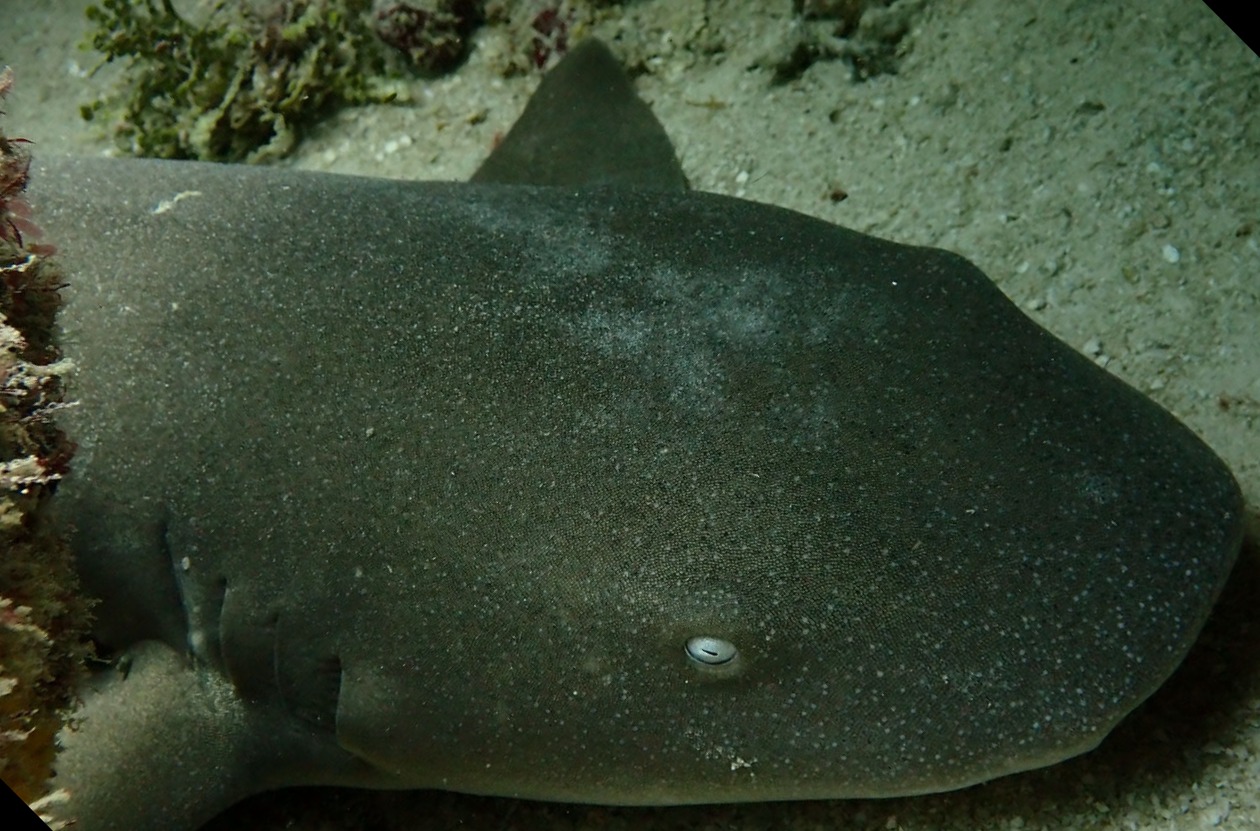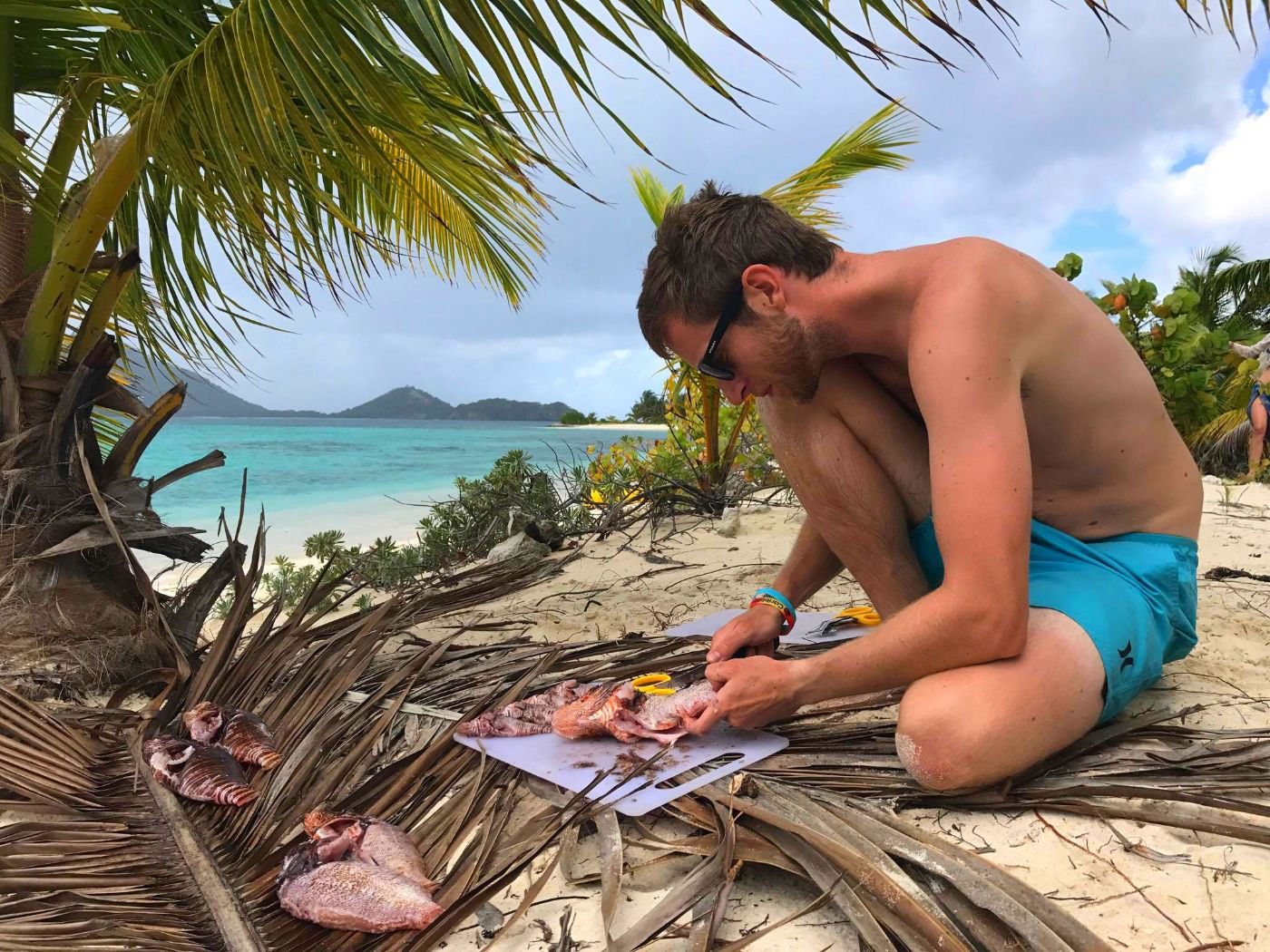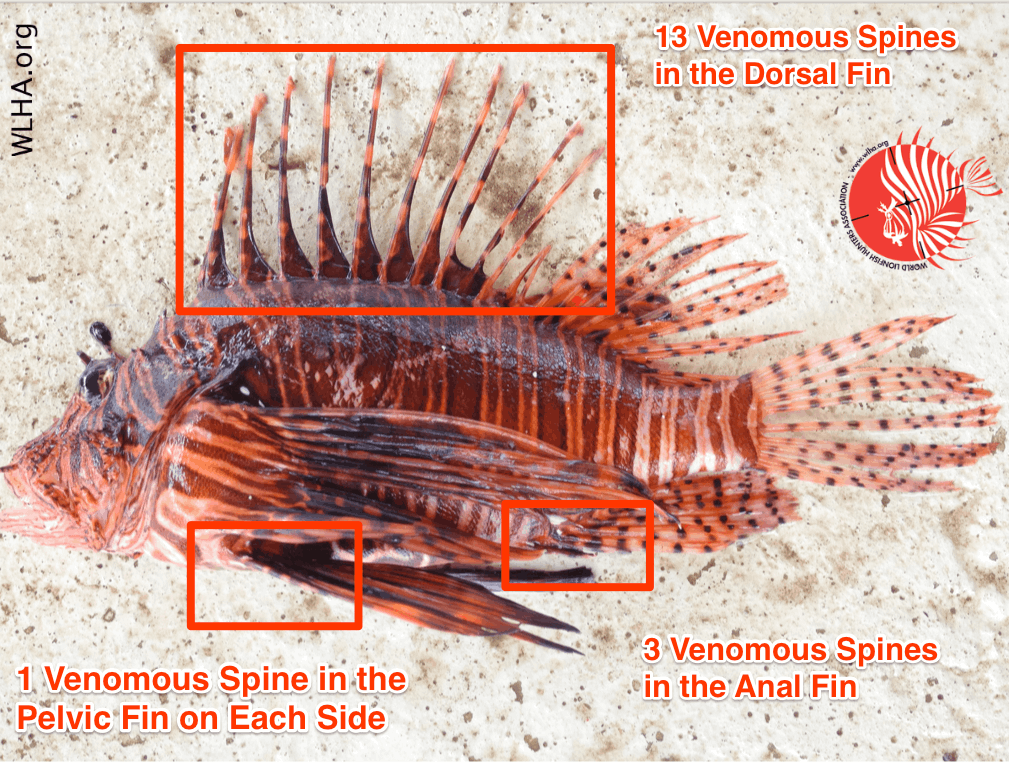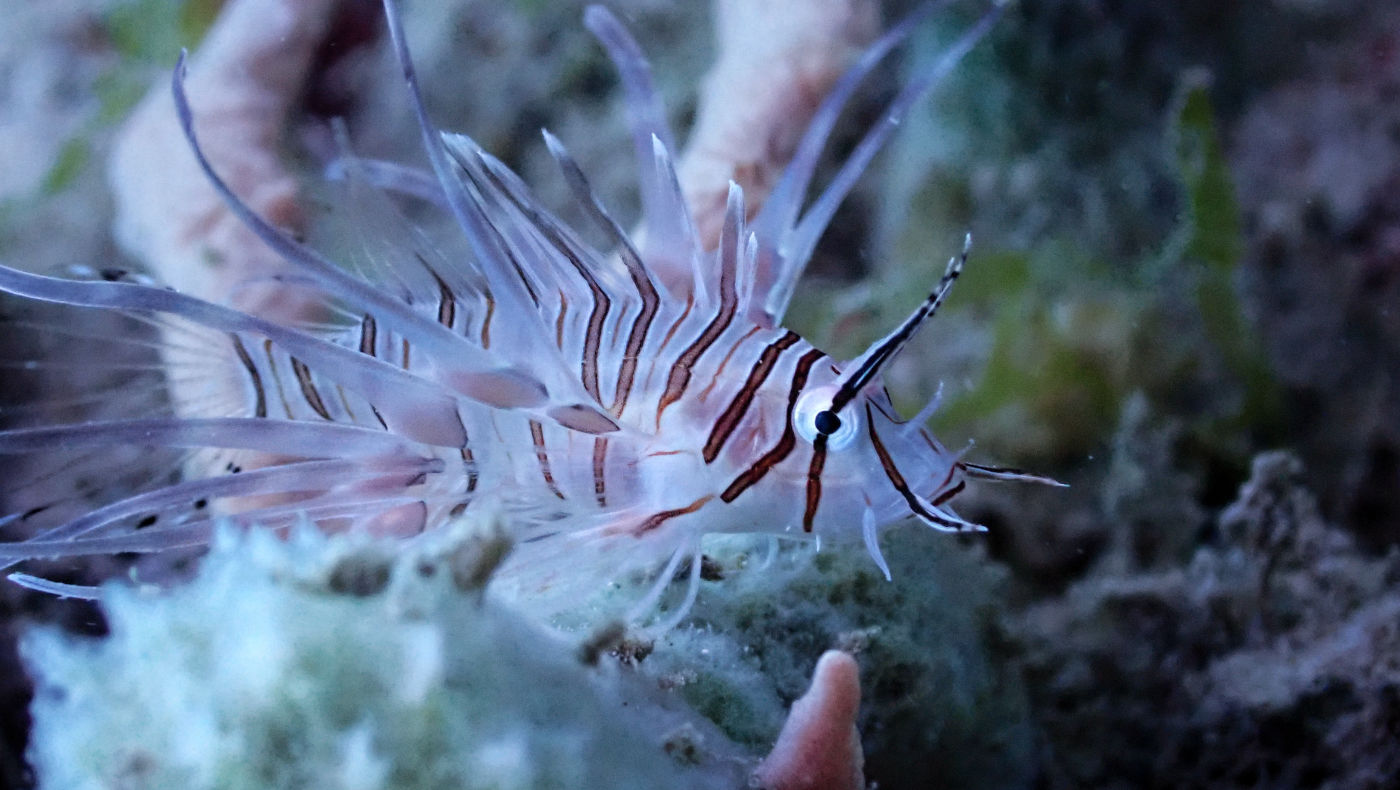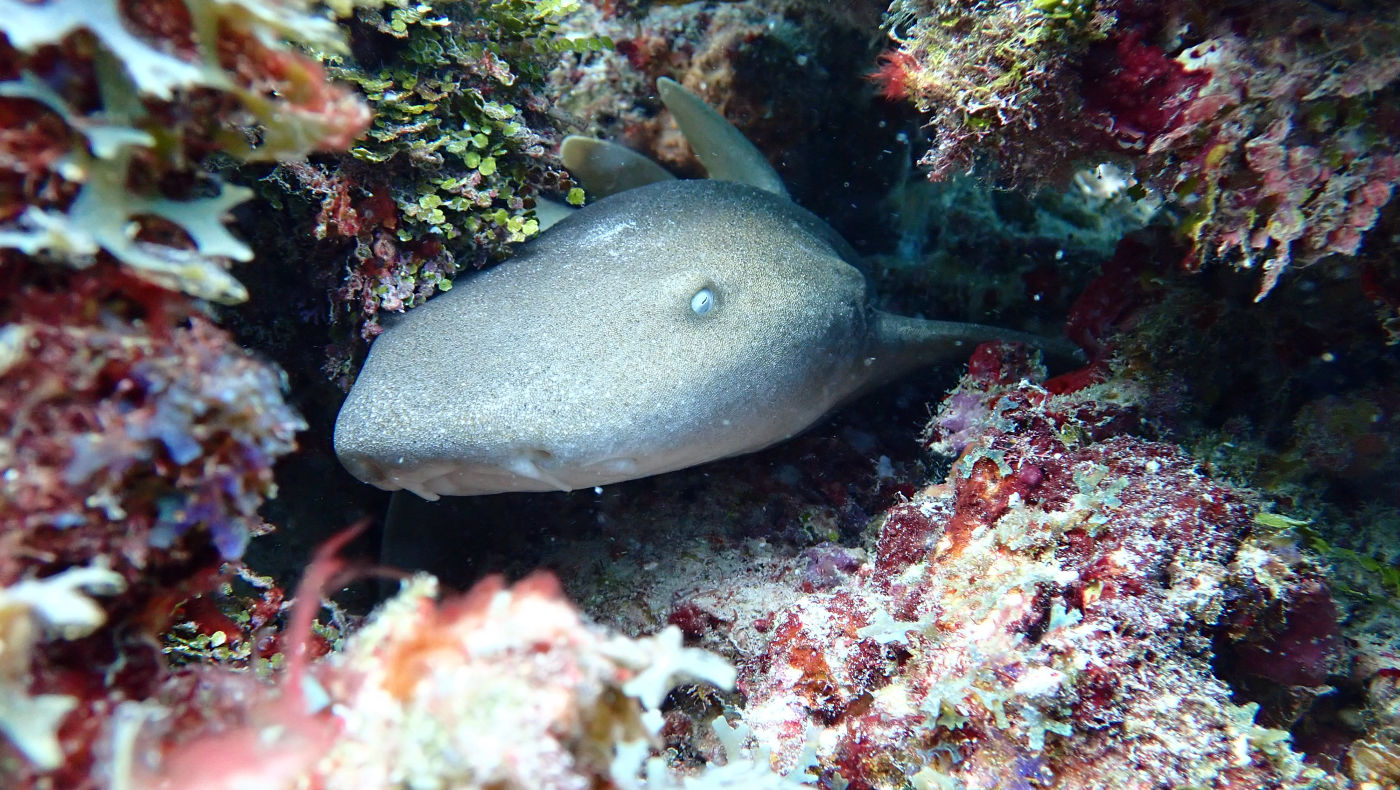
APEX PREDATOR MONITORING USING BRUVS
With the start of our project in 2021, a mission unfolded—to assemble an invaluable dataset of apex predators that grace the waters of Carriacou.
Faced with the rarity of natural sightings, we turned to a pioneering technique developed by the SharkLab in Bimini. The deployment of baited remote underwater video surveillance, aptly known as BRUVS, stands as our tool of choice.
BRUVS allow us to capture these elusive marine species, while mitigating the impact from divers. As we bridge the realm between the seen and unseen, the mysteries of Carriacou’s waters are gradually unveiled, etching an indelible chapter in our journey of discovery.
